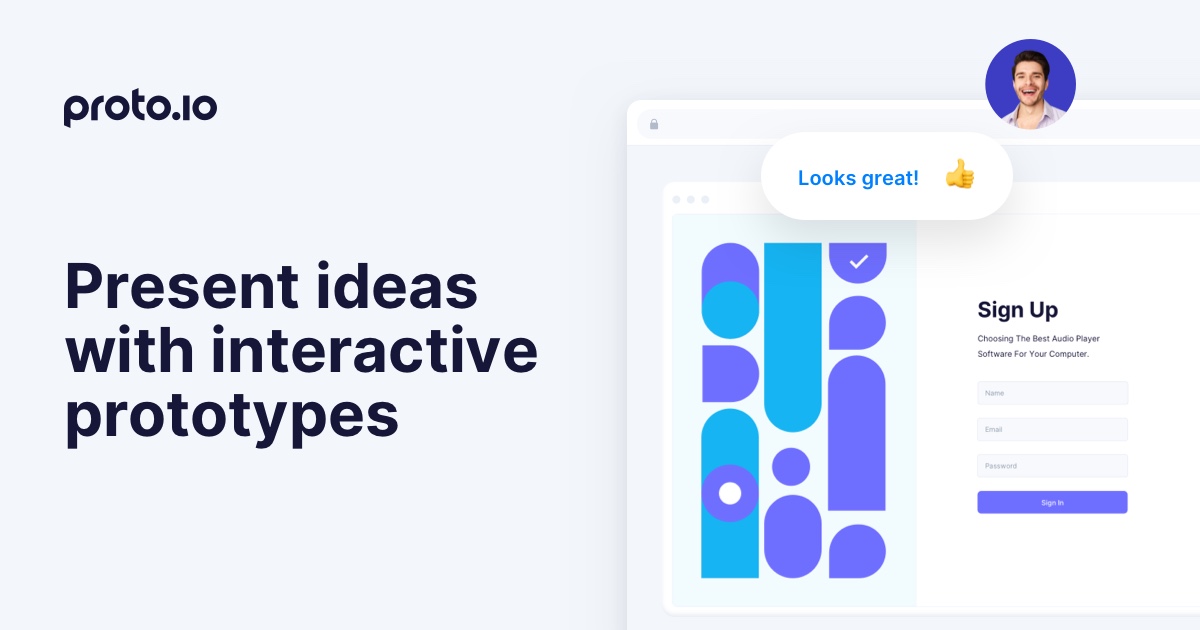Early-stage products don’t have to be perfect, and they certainly can’t be everything to everyone. A common misperception (especially on the consumer side) is that a great product has to have a lot of features and functionalities. In reality, the best products do at least one thing very, very well. Sure, there are multifaceted products on the market that accomplish a whole host of things, but they didn’t start that way. Instead, they started with their core features and worked up from there. For any product managers or entrepreneurs out there who are trying to create something that will gain traction fast in your target market, this is for you.
In a 2010 blog post, Paul Buchheit, Gmail creator, said, “if your product is great, it doesn’t need to be good.” We couldn’t agree more. Greatness comes from focus. A focus on what your customers would use and pay for. Also, a focus on delivering those core features to the best of your ability without getting sidetracked by nice to have secondary features. So what can you do to whittle down your product to its essence and knock it out of the park with the core functionality?
Buchheit suggests deciding on three core features because “if the basic product isn’t compelling, adding more features won’t save it.” Think of any two-in-one or catch-all product, does it accomplish all of its goals effectively? Products that don’t do at least one thing very well provide cautionary tales against expanding the aperture. Buchheit continues, “If your product needs ‘everything’ in order to be good, then it’s probably not very innovative.” Beyond that, the product might also be before its time. The first MacBook was released in 2006, and it didn’t get to where it is today by providing every feature upon release. Getting all of those features right takes time. And if a company takes too long to get to market, a competitor can easily corner the market with a good enough product that wins first-mover advantage.
Determine What Your Customers Want
The first step to understanding your top product features is to listen to your potential users. You’ll have to approach this with healthy skepticism because what they say they want out of a product and what they are willing to pay for may be very different things. At its core, user research will help you frame the top pain points that your customers are experiencing. Listen for the severity of these pain points to pick out the most acute issues. Then map out a few ways to address them. If your customers respond favorably and express a willingness to use (for free products) or pay (for paid products) for it, then you know you’re on to something.
Find Your Points of Differentiation
Next, you’ll have to figure out how to deliver those features in a way that is new, more useful, or more exciting than the competition. If you are creating a new category, then you’re in a great position to educate the market on why they should give your product a try. But if you are launching a product in a semi to a very saturated market, then you’ll have to work even harder to prove your value proposition. We spoke about the first-mover advantage, and it is very real when it comes to differentiators. If a startup launched a smartphone very similar to an iPhone at the same price point, few consumers would feel compelled to make the switch. After potentially using Apple products for years, the switch would likely cause more friction than its worth.
So, where can you stand out? You might start by taking apart a competitor’s offering to see what top product features it lacks. One thing we’ve noticed recently is that with so many tools to communicate with coworkers, wouldn’t it be nice to have everything on one platform? Emails and Slacks can get buried, but what if a company integrated all communication tools to create a central repository? There would be no more searching multiple tools to find that one document or cursing Zoom when you realize the information you needed was in the chat, but it wasn’t recorded.
There are many ways to differentiate your top product features on the product side that still fit in with what customers are familiar with. Then the next step is to communicate those differentiators out to your target customers to help them understand the benefits they’ll enjoy by choosing your product.
Prioritize Product Features
Niche features can be useful for a subset of your customers, but the features that most of your customers want are more important to focus on initially. After all, the more useful your product is to a broader section of the market, the more revenue you’ll be able to bring in. If your company is venture-backed, this will help prove the value and bring in subsequent funding rounds. At that point, you can release updates and next versions that will bring in the other features that a lower number of customers expressed a high likelihood of paying for.
There are two categories of important product features for newcomers to an existing product category. First, product leaders need to prioritize features that customers expect. No company would enter the video conferencing space without a way for participants to chat with one another. Without these core features, the tool might be innovative but not as useful when compared to incumbent products.
Second, companies need to pick the right differentiators. As we broke down in the previous section, a new product without significant differentiation will get buried in the market. But the other side of the process is ensuring that those features are essential for customers. If customers end up not finding them valuable, then you’ve just wasted a lot of your design and engineering team’s time (learn the top things developers need designers to know). Not all unique features are created equally, so you’ll need to make sure that you only devote sprints to differentiators that will attract and keep your target customers.
Another consideration is whether your differentiator is easy to copy. We see this often on Amazon. If the retail giant sees a competitor’s product selling very well, then they are likely to create their own version and offer it at a lower price to entice shoppers to make the switch. This can kill the first-mover advantage and lead to much fiercer competition.
Or think of the “stories” feature that seemingly every social media has added to their product arsenal. With Snapchat’s success, Facebook, Instagram, and even LinkedIn eventually offered a similar feature. While Snapchat’s first-mover advantage was significant enough to keep them in the game, other companies might not have the same luck.
Lastly, it’s important to recognize that differentiators can become expected features over time. Mobile optimized websites used to make some companies stand out as innovators in their space, but now they are required of all businesses with an online presence. As technology and customer expectations change, so should your product roadmap.
Questions to Ask Yourself When Picking Top Product Features
With all of this information in hand, it’s time to finally choose the first few product features you’ll build. To help with this, here are get your endeavors aligned:
- What pain points does my product solve for customers?
- What do customers aim to accomplish with my product?
- What are my customers currently using as a workaround?
- Where are competitors falling short in their offerings?
- What do my customers expect from a solution?
- Where can I delight my customers with a new way of approaching a solution?
- How difficult would it be for competitors to copy my key features?
- How much would my customers be willing to pay?
- What features are required on launch day so that customers find immediate value in my solution?
- What features can I table for later?
These questions are just a starting place for product managers and entrepreneurs. There will be many more questions you may want to ask potential customers that pertain to your exact product category. The key is to pick those top product features based on concrete data from potential customers and the market at large. Taking this data-driven approach will ensure that you don’t waste time on dud features that don’t move your company’s needle. Locking in these early wins will make it that much easier to release future versions that continue to meet and exceed customer expectations.
What process do you use to determine your top product features? Let us know by tweeting us @Protoio.
Proto.io helps you bring your idea to life in no time, with no coding skills required. It’s ideal for UX designers, entrepreneurs, product managers, marketers, students, and anyone with a great idea. Sign up for a free 15-day trial to start building your first prototype today!









